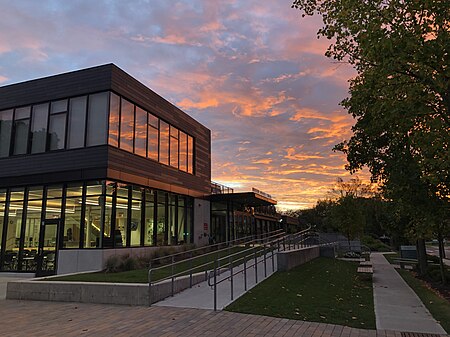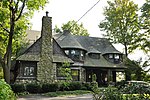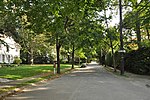Brimmer and May School
1939 establishments in MassachusettsChestnut Hill, MassachusettsEducational institutions established in 1939Private elementary schools in MassachusettsPrivate high schools in Massachusetts ... and 3 more
Private middle schools in MassachusettsPrivate preparatory schools in MassachusettsSchools in Newton, Massachusetts

Brimmer and May School is an independent, pre-K–12 school located in Chestnut Hill, Massachusetts. Brimmer and May is accredited by The New England Association of Schools and Colleges (NEASC) and is a member of the National Association of Independent Schools (NAIS), which in 2011 designated Brimmer and May as a "School of the Future." In addition, it is a member of the Association of Independent Schools in New England (AISNE), Coalition of Essential Schools (CES), and the National Center for Independent School Renewal (NCISR).
Excerpt from the Wikipedia article Brimmer and May School (License: CC BY-SA 3.0, Authors, Images).Brimmer and May School
Dunster Road, Newton Chestnut Hill
Geographical coordinates (GPS) Address External links Nearby Places Show on map
Geographical coordinates (GPS)
| Latitude | Longitude |
|---|---|
| N 42.326666666667 ° | E -71.162777777778 ° |
Address
The Brimmer and May School
Dunster Road
02467 Newton, Chestnut Hill
Massachusetts, United States
Open on Google Maps









